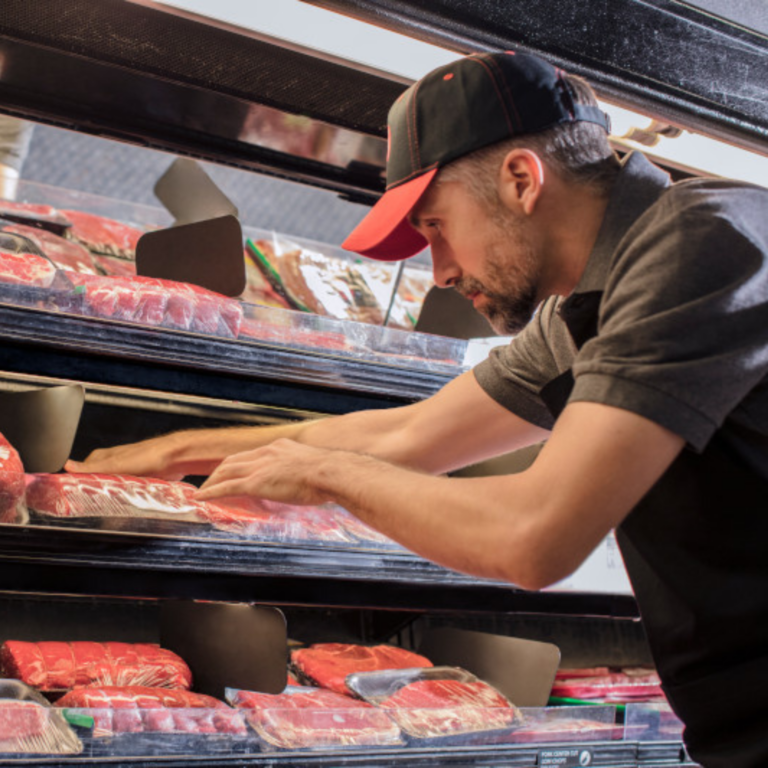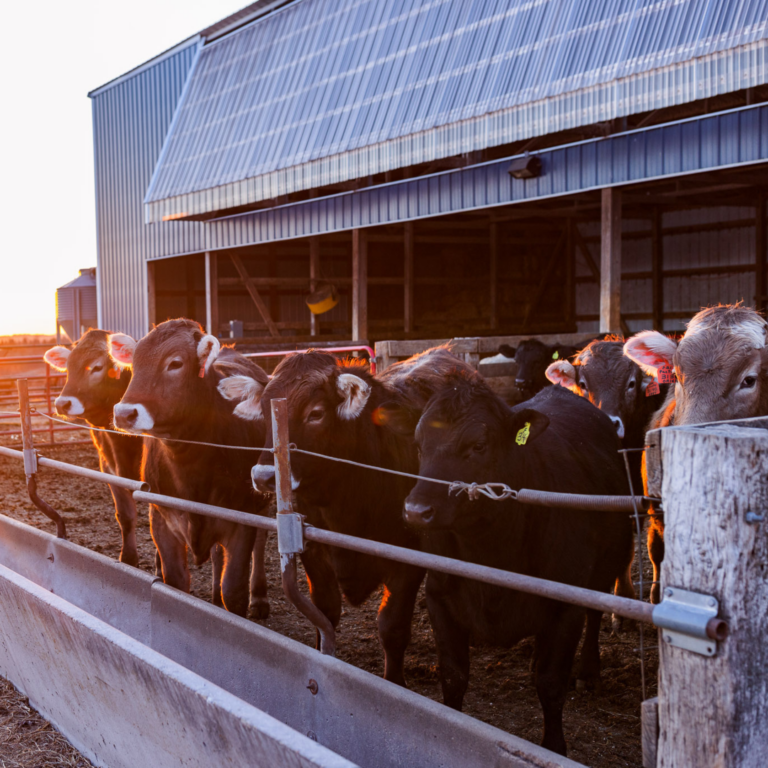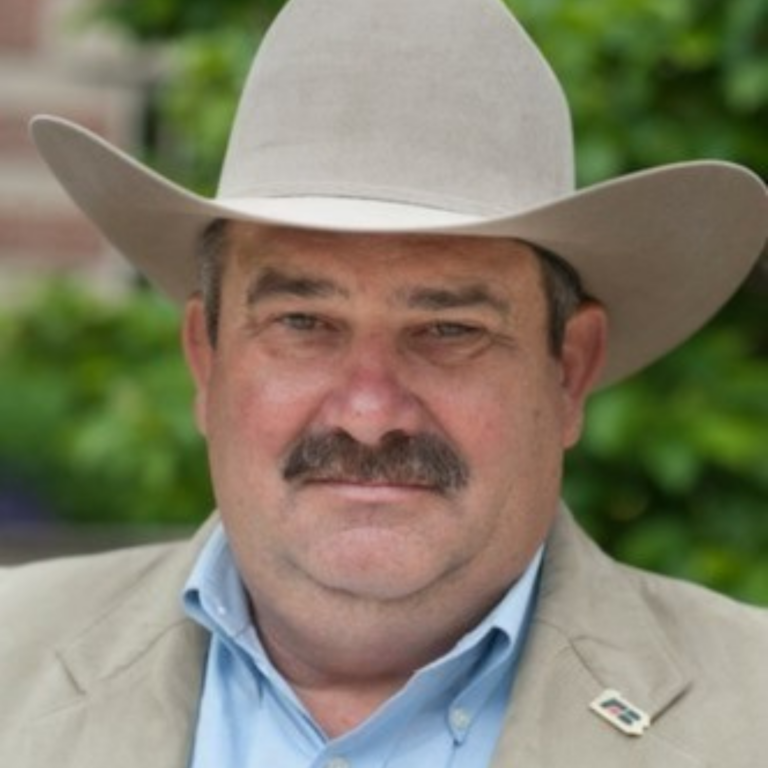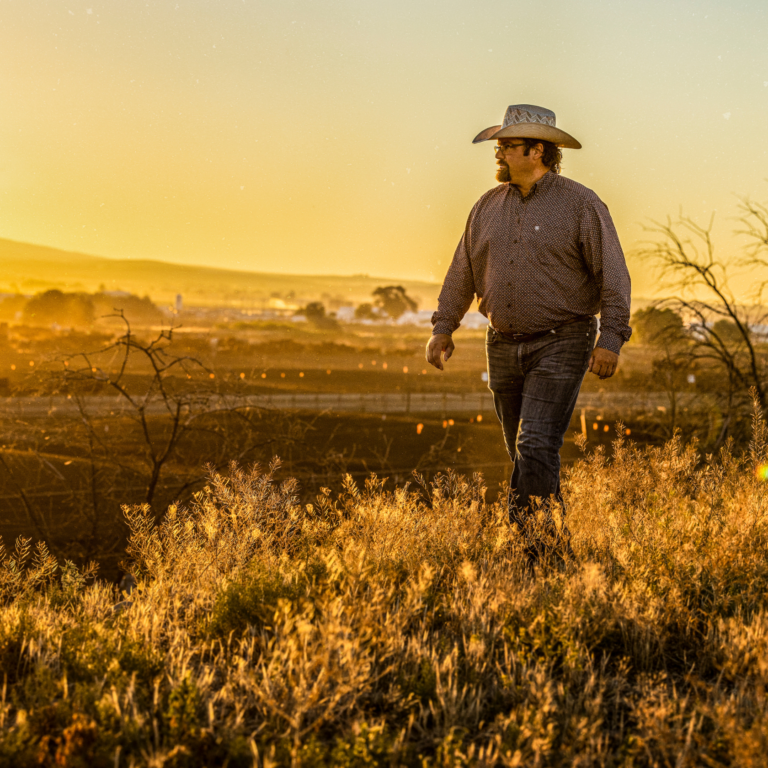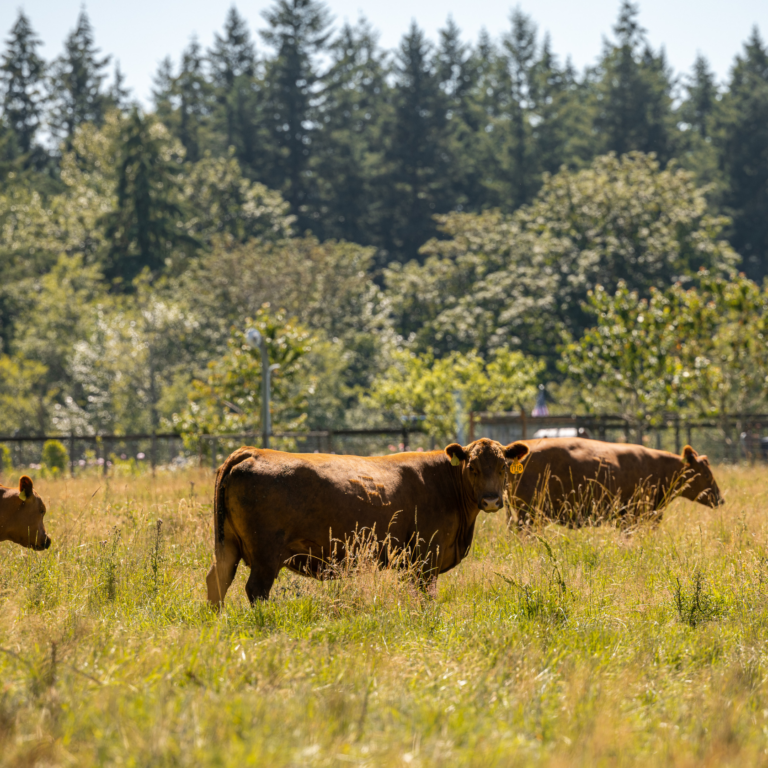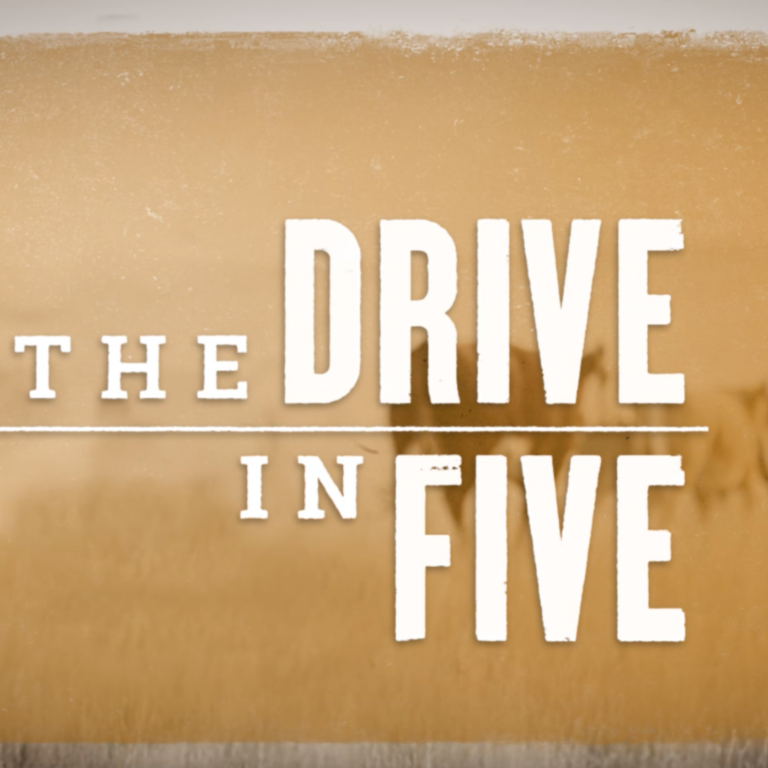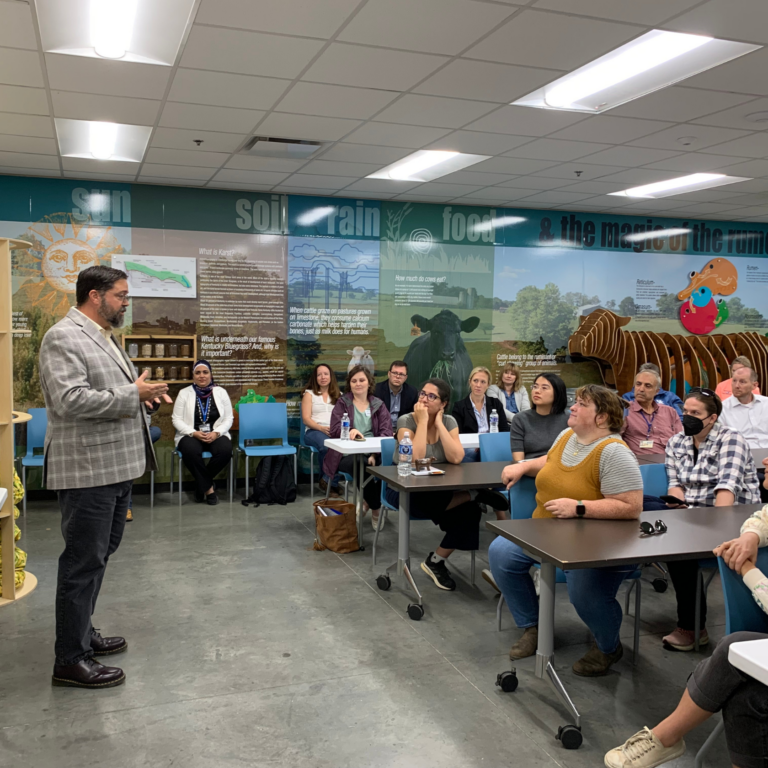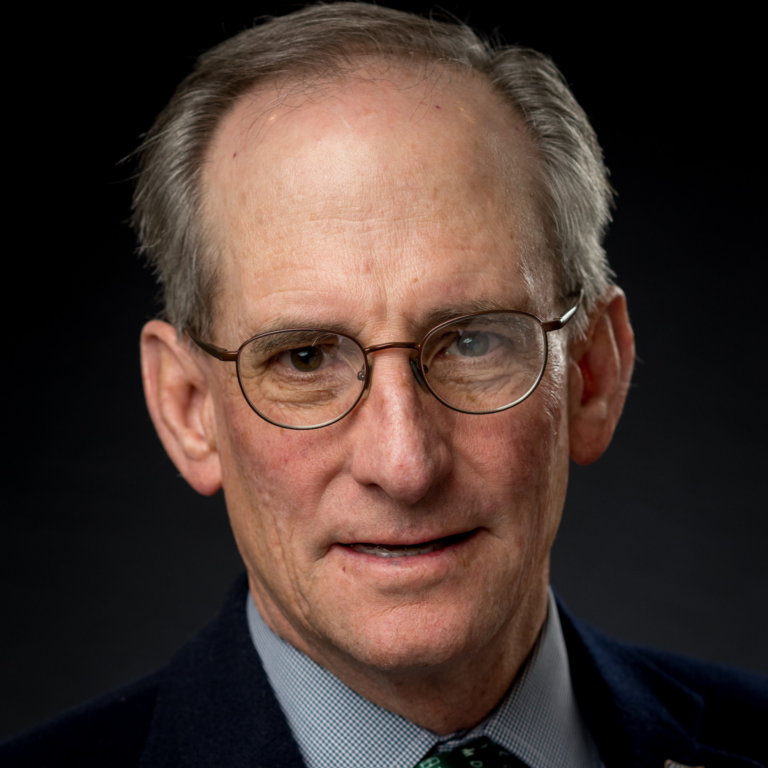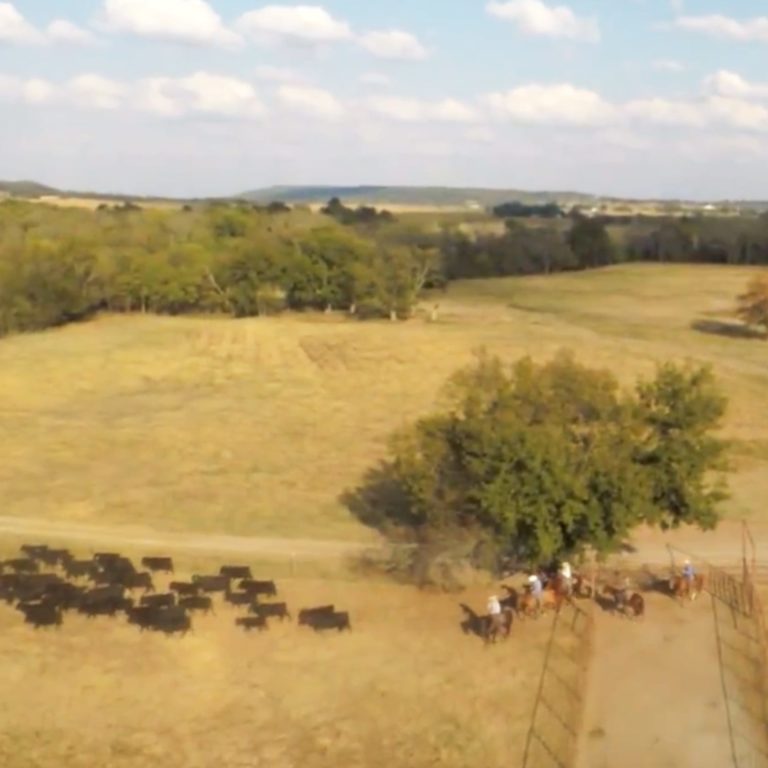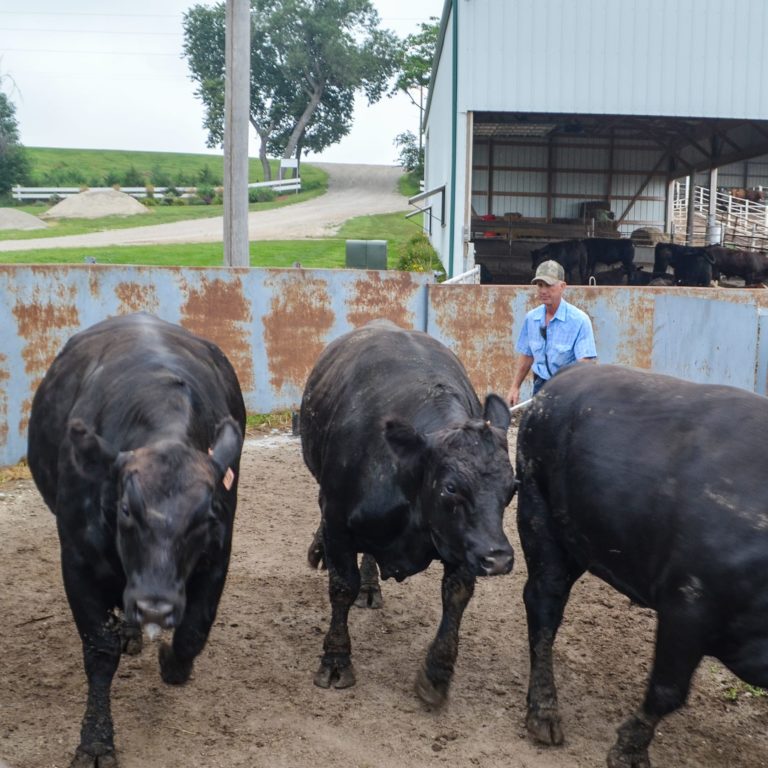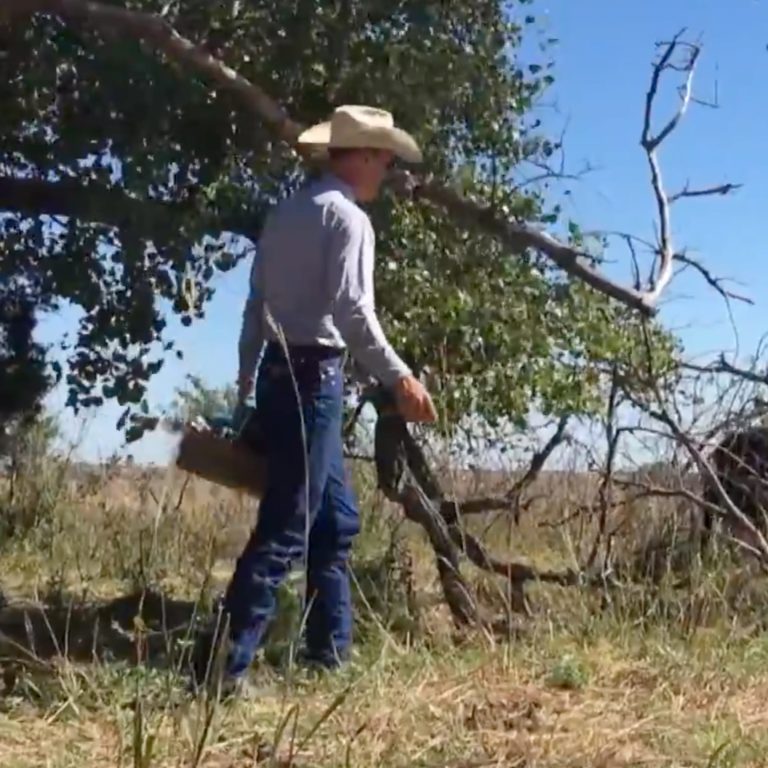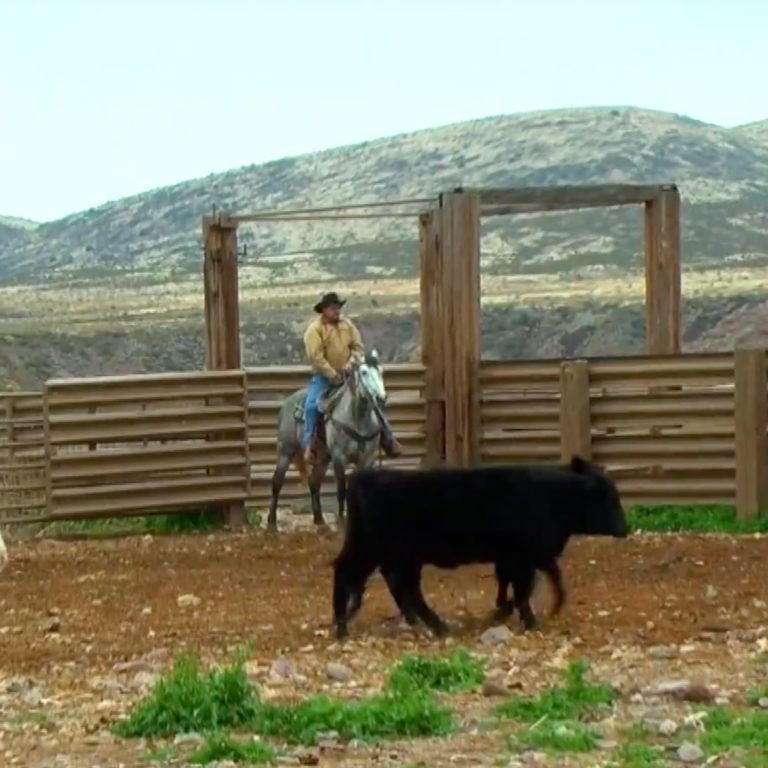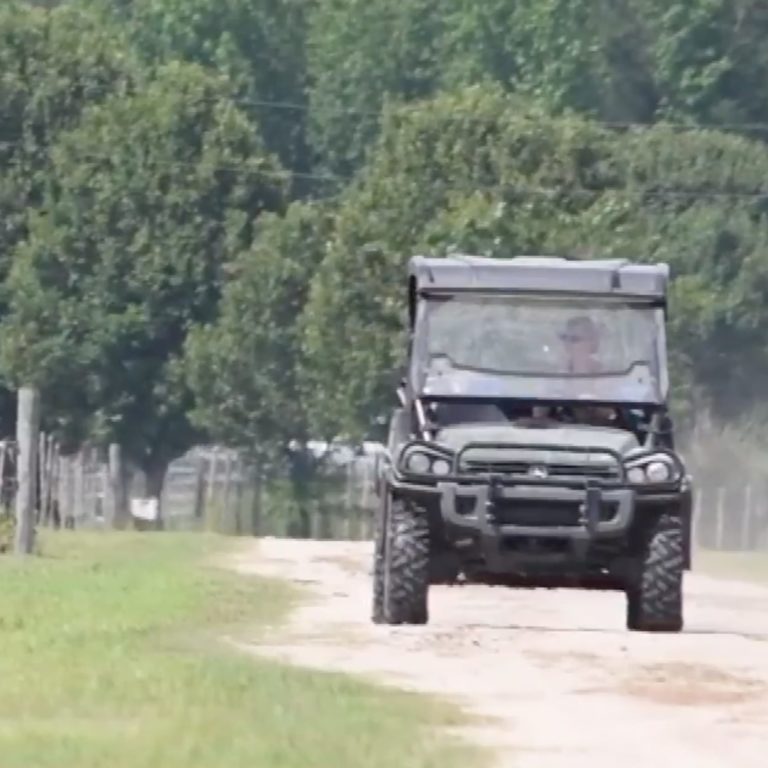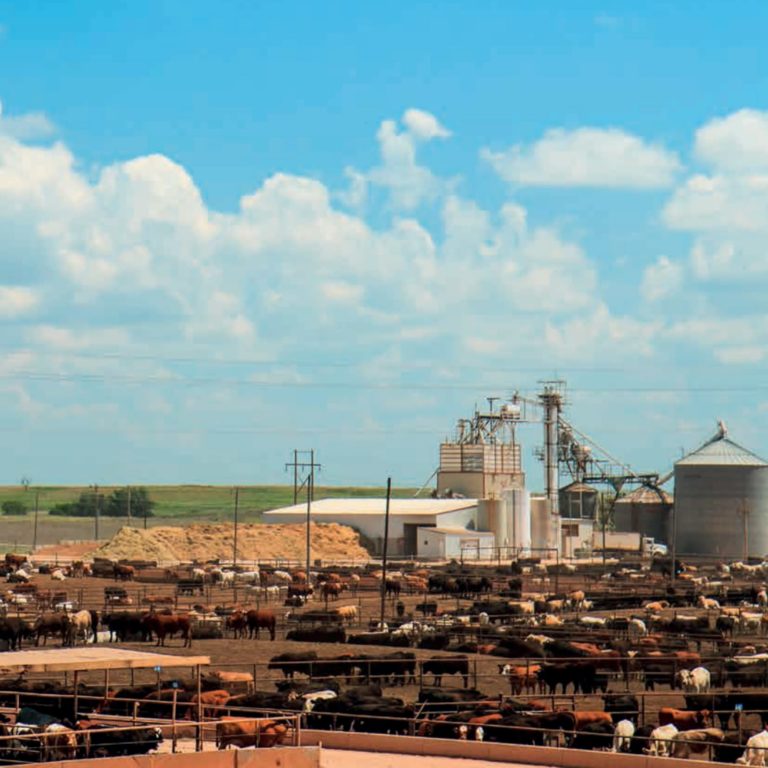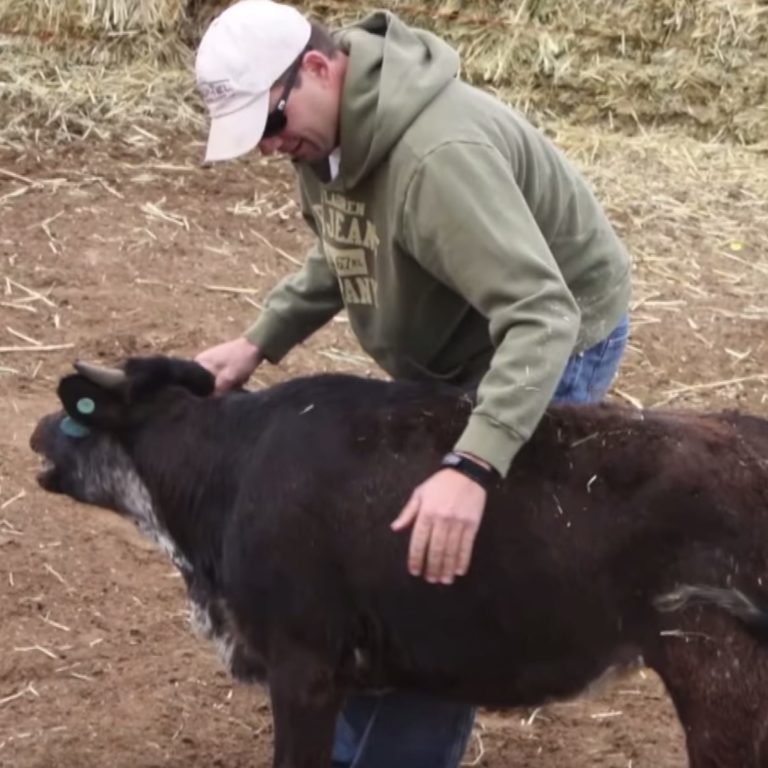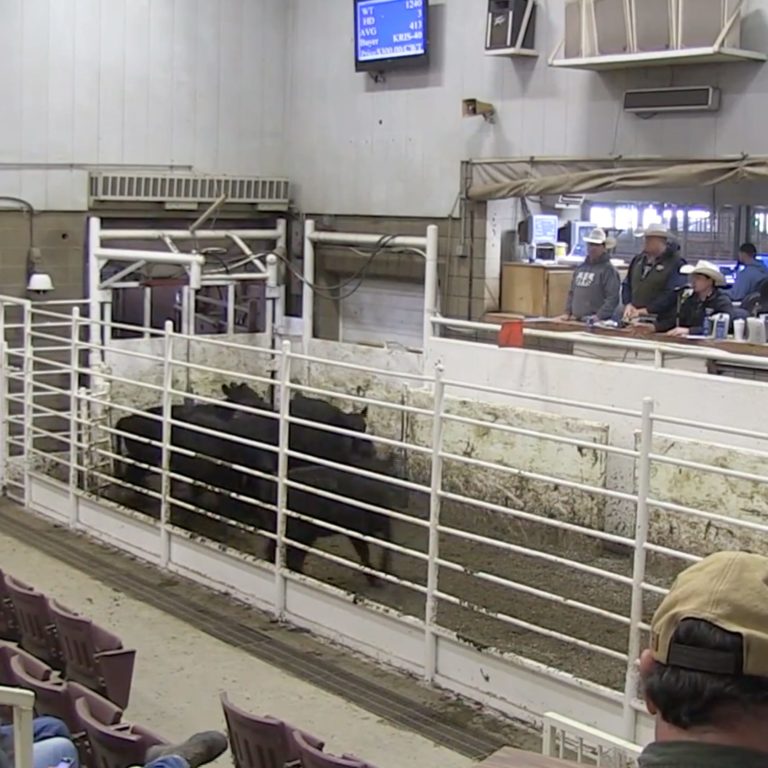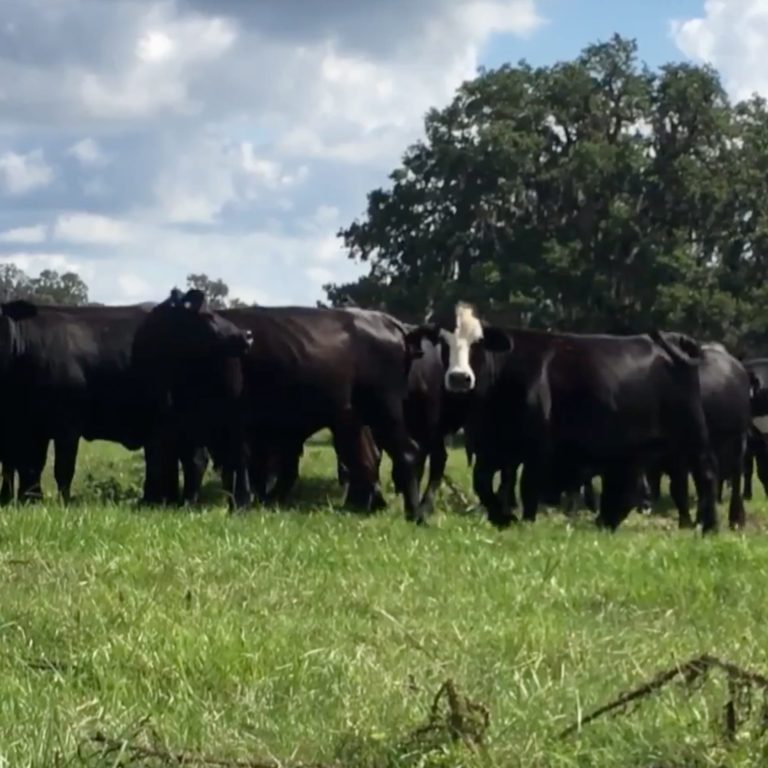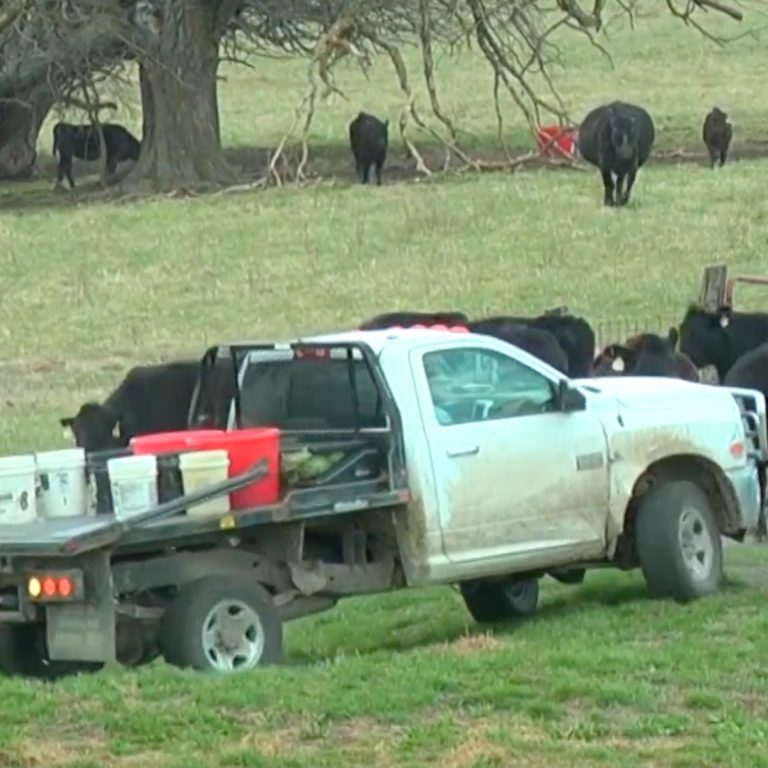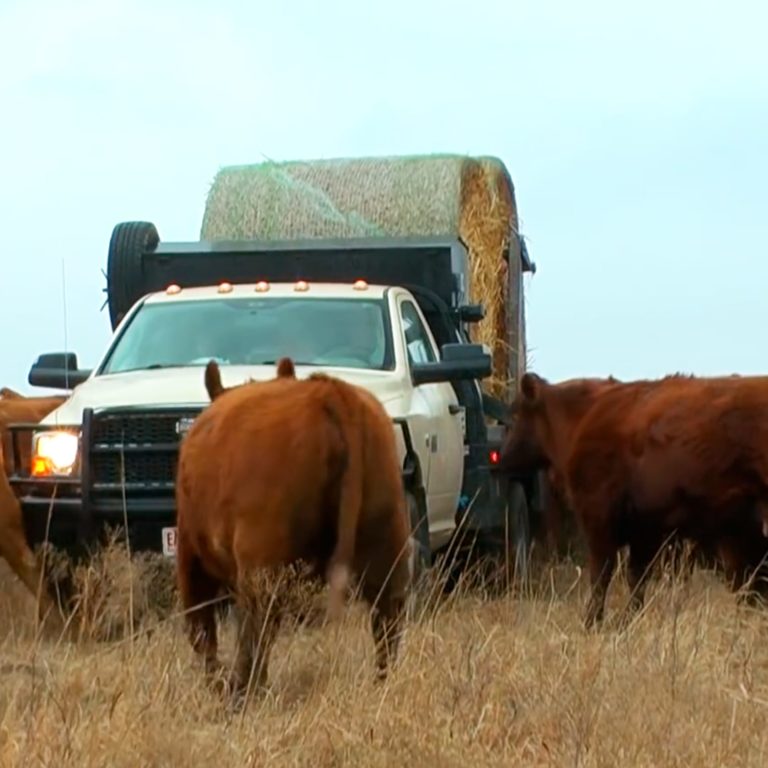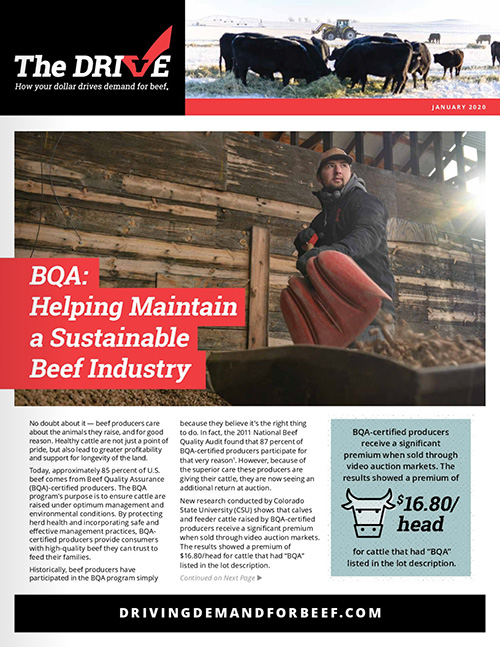Protecting Producer’s Interests in the Antibiotic Conversation
Farmers, ranchers and veterinarians across the U.S. are finding their animal health practices under increasing pressure from consumers as they strive to produce the food consumers enjoy. According to the U.S. Department of Agriculture, farm and ranch families constitute less than two percent of the U.S. population, and most consumers are at least three generations removed from any farm-based ancestors. With America’s increasing disconnect and generational shift away from agriculture, many consumers are confused or unsure about the impact of antibiotic practices in the cattle industry.
To help bridge the gap, the Beef Checkoff facilitates educational and collaborative opportunities for beef producers and industry leaders to discuss antimicrobial stewardship and resistance. A recent example of such an opportunity was the 11th Annual Antibiotic Symposium held in Kansas City, Missouri, on November 2-4. More than 100 participants, including human and animal health professionals, beef producers and industry leaders, engaged in a collective dialogue about continuous improvement for antimicrobial stewardship. This event was hosted by the National Institute for Animal Agriculture (NIAA), a contractor to the Beef Checkoff.
Accomplishments
 This year’s symposium theme was One Health, One Voice: Leveraging Future Opportunities to Enhance Collaboration. Participants received updates on the latest antimicrobial stewardship research, resistance and alternatives within human, animal and environmental health. Get the full schedule of events.
This year’s symposium theme was One Health, One Voice: Leveraging Future Opportunities to Enhance Collaboration. Participants received updates on the latest antimicrobial stewardship research, resistance and alternatives within human, animal and environmental health. Get the full schedule of events.
To kick off the event, Ted McKinney, CEO of the National Association of State Departments of Agriculture, delivered his keynote speech on what it takes to operationalize collaboration. McKinney is heavily involved within the industry, holding positions as governmental affairs lead in the agribusiness sector, director of agriculture in Indiana and most recently Undersecretary of Agriculture at USDA. With all this experience, McKinney knows the value of collaboration and how to integrate it into a successful plan.
Symposium participants worked together during interactive breakout sessions to enhance current classroom curriculum (high school through university), communication strategy and plans, how to put knowledge into action, and ongoing and upcoming research in this space.
One of the event’s main objectives was to continue enhancing collaboration between animal, environmental and human health professionals. To strengthen those relationships, representatives from the Centers for Disease Control (CDC), Food and Drug Administration (FDA), United States Department of Agriculture (USDA) and U.S. Department of State participated in a panel discussion on the National Antimicrobial Resistance Monitoring System.
All activities and conversations during the symposium are meant to grow and encourage a positive change in responsible antibiotic use – not only for the agricultural industry but also for human and environmental spaces.
Collaboration Across Industries
This event is unique because it engages audiences across multiple industries and focuses. Key audience members include:
- Veterinarians, physicians and scientists actively involved in antimicrobial stewardship and resistance research, education and application – on the farm, in the lab and around the boardroom
- Key influencers who reach shoppers, regulators and students
- Key regulatory leaders, both state and federal
- Leading farmers, ranchers and practicing veterinarians
- Human health leaders, like family physicians, dietitians and nurses
- Association of State and Territorial Health Officials, Council of State and Territorial Epidemiologists, Infectious Disease Society of America and the Pediatric Infectious Disease Society
By bringing these diverse audiences together, the symposium helps members of the animal agriculture industry build valuable relationships with influential stakeholders who can advocate for responsible antibiotic use on the farm and in the veterinary clinic.
“As the old saying goes, ‘If you’re not at the table, you’re on the table,'” said J.J. Jones, executive director for NIAA. “Ensuring that beef farmers’ and ranchers’ voices, expertise and insights are shared during the Symposium is key to preserving their ability to use antibiotics responsibly. In turn, this also ensures animal welfare, food safety and a sustainable beef supply.”
Producers were right at the forefront at this event, actively participating in conversations.
“If beef farmers and ranchers didn’t participate at the symposium, their voices could not always be heard, and they may not like what has been decided on their behalf,” Jones said. “Telling your story – your side of the story – is not a new idea. But it has become more widely adopted in the agriculture community in the last few years.”
To further encourage beef producers to continue the antibiotic conversation, NIAA developed a Checkoff-funded Producer Toolkit with the resources they need to proactively engage with audiences on antibiotic practices and usage. The content is intended to generate ideas and assist producers in finding their voice to tell their food and agriculture stories.
To download the toolkit and get more antibiotic informational tools, visit: https://www.animalagriculture.org/resources/beef-producer-abx-toolkit/
The Beef Checkoff program was established as part of the 1985 Farm Bill. The checkoff assesses $1 per head on the sale of live domestic and imported cattle, in addition to a comparable assessment on imported beef and beef products. States may retain up to 50 cents on the dollar and forward the other 50 cents per head to the Cattlemen’s Beef Promotion and Research Board, which administers the national checkoff program, subject to USDA approval.

